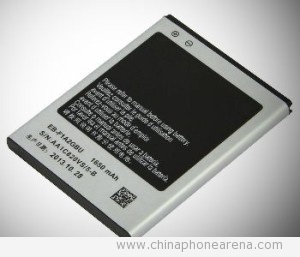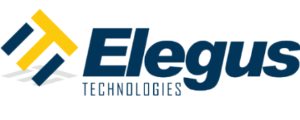The ban on batteries flying solo on aircrafts has been stressing out consumers. There is the fear that the ban would escalate to all Li-ion batteries even if accompanying a gadget, making it a hassle (if not an impossibility) to purchase electronics online. It was imposed because of the increasing frequency of grounded flights due to battery fires.
Luckily, University of Michigan Engineering has decided to save the day.
The advantages of the nanofiber barrier are seen in the safety aspect as well as the possible miniaturization of the battery
The danger of batteries is brought about by faulty separators. When the holes in the membrane of the separator are too large, the build up of lithium atoms into tendrils can cause a leak of current through the membrane, instead of outward to a connected circuit. This leak effectively causes a short circuit. When this happens, the battery cell will overheat which can trigger a vicious domino effect if adjacent cells are present.

The University of Michigan has made use of nanofibers extracted from Kevlar to serve as the barrier between the electrodes. The advantages of the nanofiber barrier are seen in the safety aspect as well as the possible miniaturization of the battery.
…the inherent heat resistive characteristic of Kevlar adds to the safety of the batteries as it gets a better chance of surviving a fire…
The small size of the pores of the barrier will still allow lithium ions to pass through between electrodes, but it will block out the tips of the tendrils created. This will prevent the unwanted current flow through the electrodes, avoiding the overheating phenomenon of the battery cell. Furthermore, the inherent heat resistive characteristic of Kevlar adds to the safety of the batteries as it gets a better chance of surviving a fire than current membranes in use.
On making the batteries thinner, according to the team working on it, the material used in the barrier can be made very thin which means the form factor of the battery can be made smaller. Another way of looking at it is that more energy can be packed into the same size of battery with currently-used barriers.
It is reported that a number of manufacturers have already requested for samples of the Kevlar nanofibers. Elegus Technologies, the company founded on the Kevlar barrier technology, has indicated that we can expect to see these batteries in mass production by the fourth quarter of 2016.


Leave a Reply